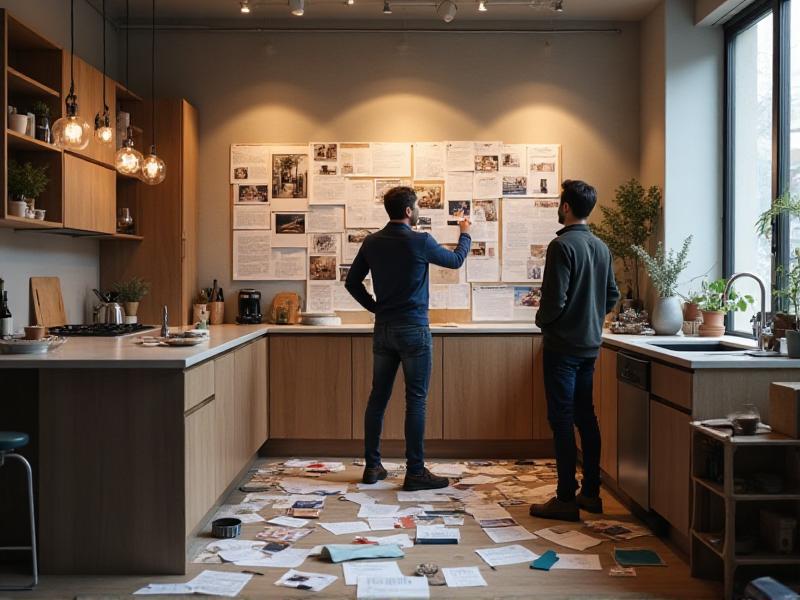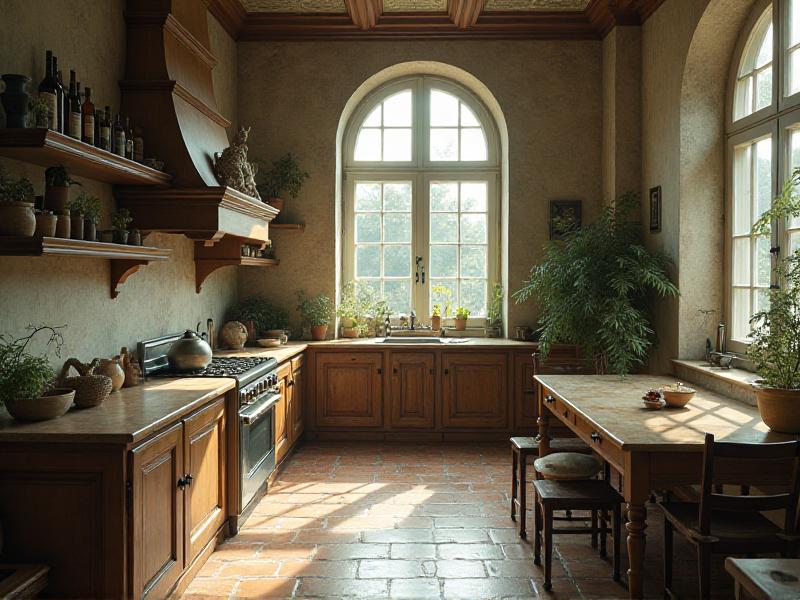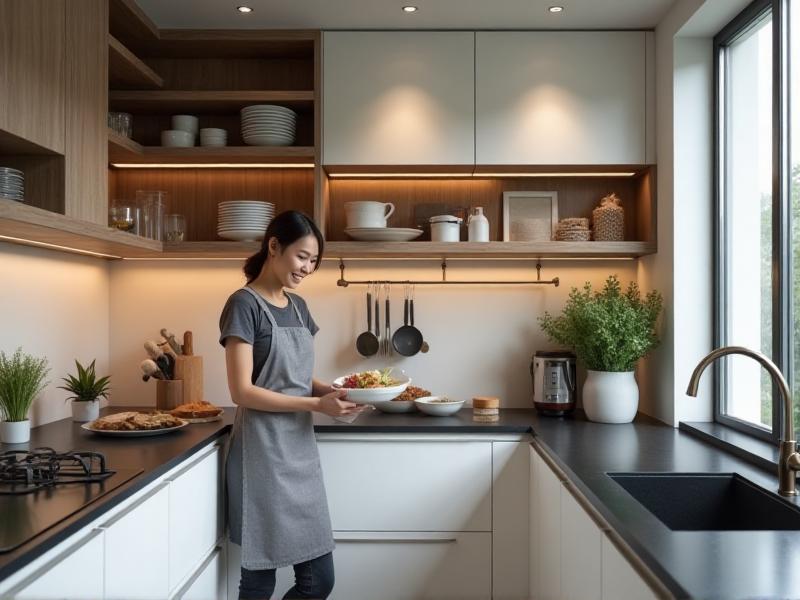Understanding the Importance of Balancing Style and Function
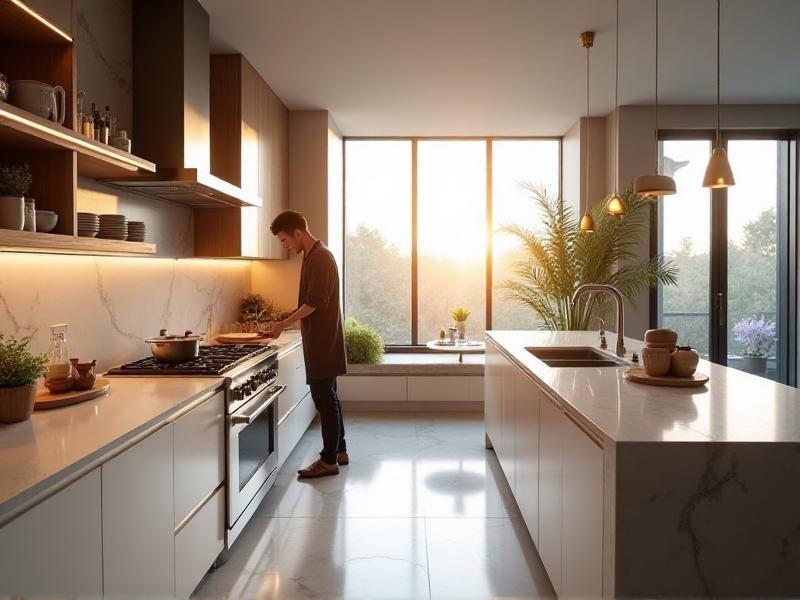
When embarking on a kitchen remodel, one of the most critical considerations is finding the perfect balance between style and function. A kitchen that looks stunning but fails to meet your practical needs can quickly become a source of frustration. Conversely, a highly functional kitchen that lacks aesthetic appeal may not inspire joy or creativity in your cooking endeavors. The key is to create a space that is both beautiful and efficient, where every element serves a purpose while contributing to the overall design.
Start by assessing your lifestyle and how you use your kitchen. Are you an avid cook who needs ample counter space and high-quality appliances? Or do you entertain frequently, requiring a layout that facilitates social interaction? Understanding your priorities will help you make informed decisions about design elements, materials, and layouts. Remember, a well-balanced kitchen is one that reflects your personality while enhancing your daily life.
Choosing the Right Layout for Your Needs
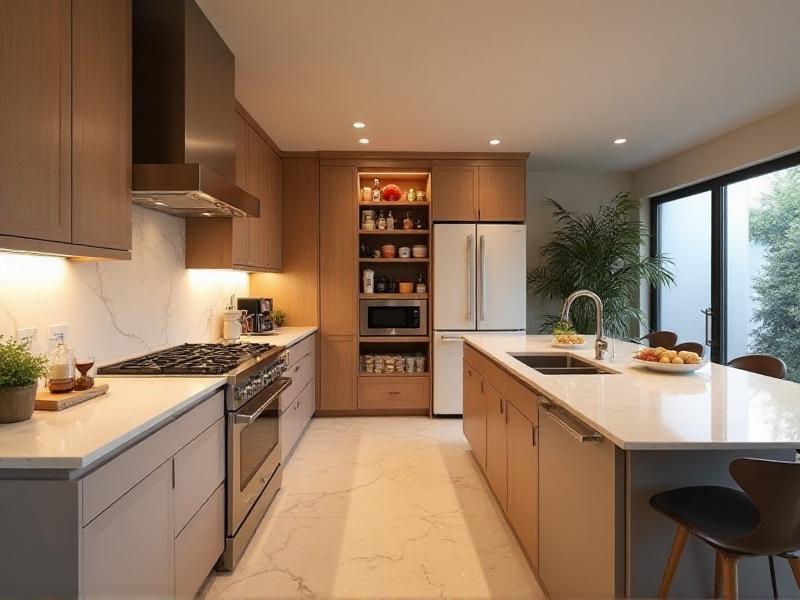
The layout of your kitchen is the foundation of its functionality. Popular layouts include the galley, L-shaped, U-shaped, and island configurations. Each has its own advantages, depending on the size of your space and how you use it. For example, an island layout is ideal for open-concept homes, providing additional workspace and seating while maintaining a seamless flow between the kitchen and living areas.
When selecting a layout, consider the work triangle—the relationship between the sink, stove, and refrigerator. A well-designed work triangle minimizes unnecessary movement, making cooking and cleaning more efficient. Additionally, think about storage solutions that maximize space without compromising style. Custom cabinetry, pull-out shelves, and built-in organizers can help you achieve a clutter-free kitchen that looks as good as it functions.
Selecting Materials That Combine Durability and Aesthetics

The materials you choose for your kitchen remodel play a significant role in both its appearance and longevity. Countertops, for instance, should be durable enough to withstand daily wear and tear while complementing the overall design. Popular options include quartz, granite, and butcher block, each offering a unique blend of style and practicality.
Similarly, flooring materials should be easy to clean and resistant to spills and stains. Porcelain tiles, hardwood, and luxury vinyl are excellent choices that combine durability with visual appeal. When selecting cabinetry, opt for high-quality wood or laminate finishes that resist moisture and scratches. By prioritizing materials that are both functional and stylish, you can create a kitchen that stands the test of time.
Incorporating Smart Storage Solutions

Storage is a crucial aspect of any kitchen remodel, as it directly impacts the space's functionality. To maintain a clean and organized kitchen, consider incorporating smart storage solutions that make the most of every inch. Pull-out pantry shelves, deep drawers, and corner cabinets with rotating trays are just a few examples of innovative storage options that can enhance your kitchen's efficiency.
Open shelving is another trend that combines style and function, allowing you to display decorative items or frequently used cookware. However, be mindful of clutter, as open shelves can quickly become disorganized. For a more streamlined look, mix open shelving with closed cabinets to strike the perfect balance between accessibility and aesthetics.
Lighting: The Unsung Hero of Kitchen Design
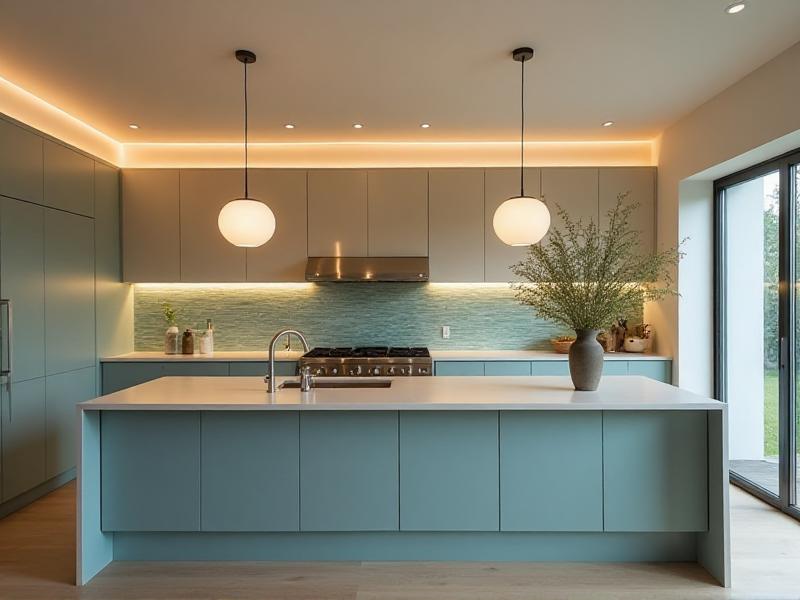
Lighting is often overlooked in kitchen remodels, yet it plays a vital role in both functionality and ambiance. A well-lit kitchen ensures that you can safely and efficiently prepare meals, while also highlighting the design elements you’ve worked so hard to incorporate. Start with task lighting, such as under-cabinet lights or pendant lights above the island, to illuminate workspaces.
Next, consider ambient lighting to create a warm and inviting atmosphere. Recessed ceiling lights or a statement chandelier can add a touch of elegance to your kitchen. Finally, don’t forget about accent lighting, which can be used to showcase architectural features or decorative elements. By layering different types of lighting, you can achieve a kitchen that is both practical and visually stunning.
Integrating Technology for a Modern Kitchen

Modern kitchens are increasingly incorporating technology to enhance functionality and convenience. Smart appliances, such as refrigerators with built-in touchscreens or ovens that can be controlled remotely, are becoming more common. These innovations not only make cooking easier but also add a futuristic touch to your kitchen’s design.
Consider integrating charging stations for devices, smart lighting systems, or even voice-activated assistants to streamline your daily routines. However, be mindful of overloading your kitchen with gadgets, as this can detract from its aesthetic appeal. The goal is to seamlessly blend technology into your design, creating a kitchen that is both cutting-edge and cohesive.
Adding Personal Touches to Reflect Your Style
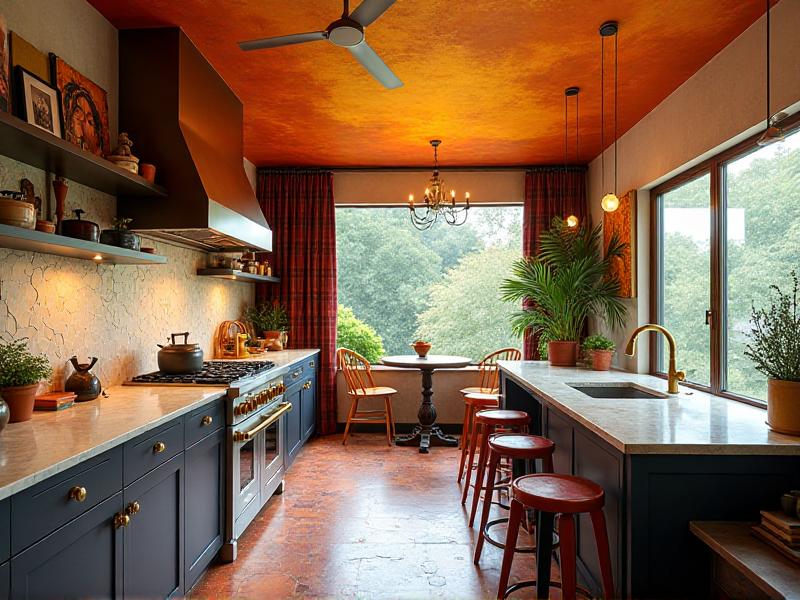
Your kitchen should be a reflection of your personality and taste. Adding personal touches, such as unique backsplash tiles, custom hardware, or a bold color scheme, can elevate the design and make the space truly your own. Don’t be afraid to experiment with textures, patterns, and finishes to create a kitchen that feels unique and inviting.
Incorporate elements that inspire you, whether it’s a collection of vintage cookware, a gallery wall of family photos, or a statement piece of artwork. These details not only enhance the visual appeal of your kitchen but also make it a more enjoyable and meaningful space to spend time in. Remember, the best kitchens are those that tell a story and evoke a sense of warmth and personality.
Key Takeaways
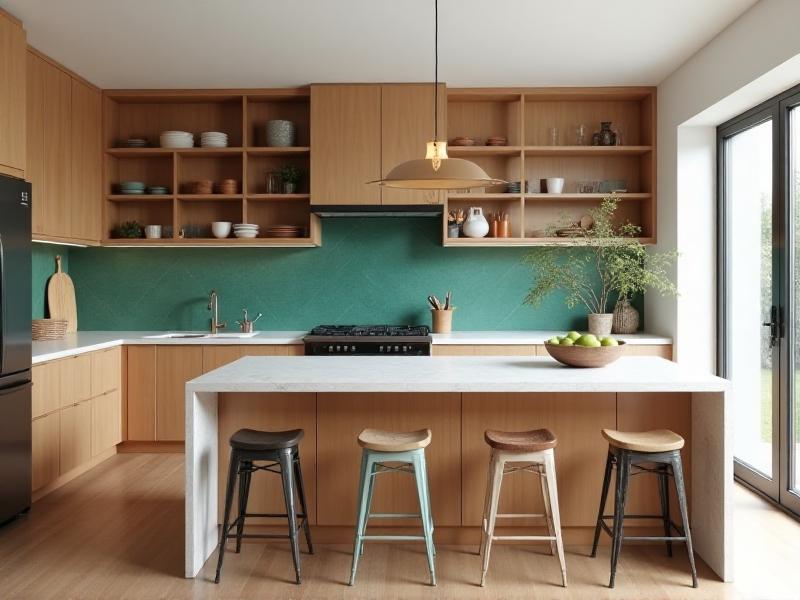
Balancing style and function in your kitchen remodel requires careful planning and thoughtful decision-making. Start by understanding your needs and priorities, then choose a layout that maximizes efficiency. Select materials that are both durable and aesthetically pleasing, and incorporate smart storage solutions to keep your kitchen organized. Don’t overlook the importance of lighting, and consider integrating technology to enhance convenience. Finally, add personal touches to make the space uniquely yours. By following these guidelines, you can create a kitchen that is as beautiful as it is functional.
Frequently Asked Questions
Q: How do I choose the right layout for my kitchen?
A: Consider your space, lifestyle, and the work triangle (sink, stove, refrigerator) when selecting a layout. Popular options include galley, L-shaped, U-shaped, and island configurations.
Q: What materials are best for kitchen countertops?
A: Quartz, granite, and butcher block are popular choices due to their durability and aesthetic appeal. Each material has its own unique benefits, so choose one that aligns with your needs and design preferences.
Q: How can I incorporate technology into my kitchen without overwhelming the design?
A: Opt for smart appliances and systems that blend seamlessly into your kitchen’s aesthetic. Avoid cluttering the space with too many gadgets, and focus on integrating technology that enhances functionality without detracting from the overall design.
